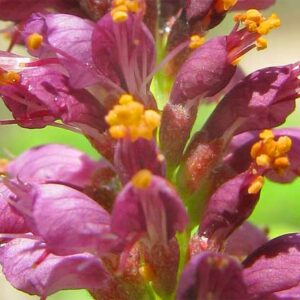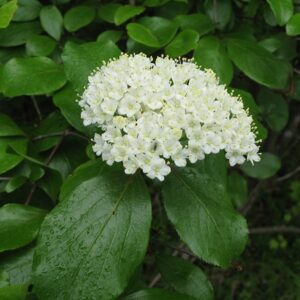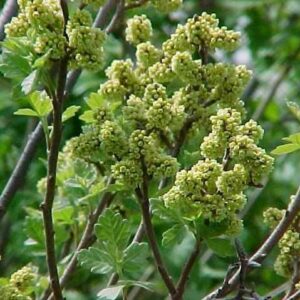Description
Type: Deciduous shrub or small tree
Family: Rhamnaceae
Height:10-15 feet
Spread: 10-15 feet
Native Range: Eastern and Central US, in Missouri primarily south of Missouri RIver and throughout the Ozarks
Site Requirements:
Soil: adaptable to wide variety of soils
Water:medium
Sunlight needs: full sun to part shade
Tolerates: wet soil
Landscape use: Hedge, small specimen tree
Brief Description: Somewhat insignificant, creamy-green flowers in small axillary clusters bloom in spring (May-June). Flowers are followed by edible berry-like drupes (1/3″ across) which ripen to a very showy red before finally maturing in September-October to black.. This species was originally discovered in South Carolina, hence the specific epithet. Despite the common name, this species does not have thorns.
Wildlife Benefits: Birds are very attracted to the fruit.
Possible Problems: No serious insect or disease problems.
Stand out Features: Beautiful, glossy dark green leaves
Read more here.
Additional information
| Common Name | carolina buckthorn |
|---|---|
| Scientific Name | Rhamnus caroliniana |
| Native Range | New York to Florida, west to Nebraska and Texas |
| Zone | 5 to 9 |
| Height | 10.00 to 15.00 feet |
| Spread | 10.00 to 15.00 feet |
| Bloom Time | May to June |
| Bloom Description | Creamy green |
| Sun | Full sun to part shade |
| Water | Medium |
| Maintenance | Low |
| Suggested Use | Hedge |
| Flower | Insignificant |
| Attracts | Birds |
| Fruit | Showy, Edible |





